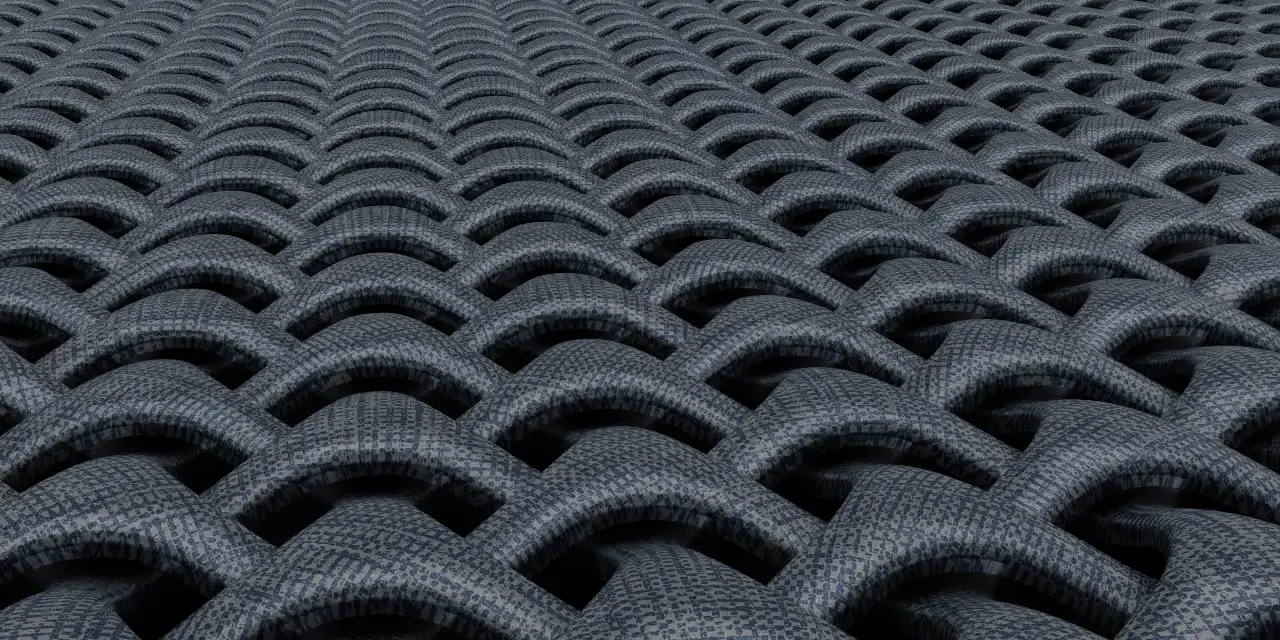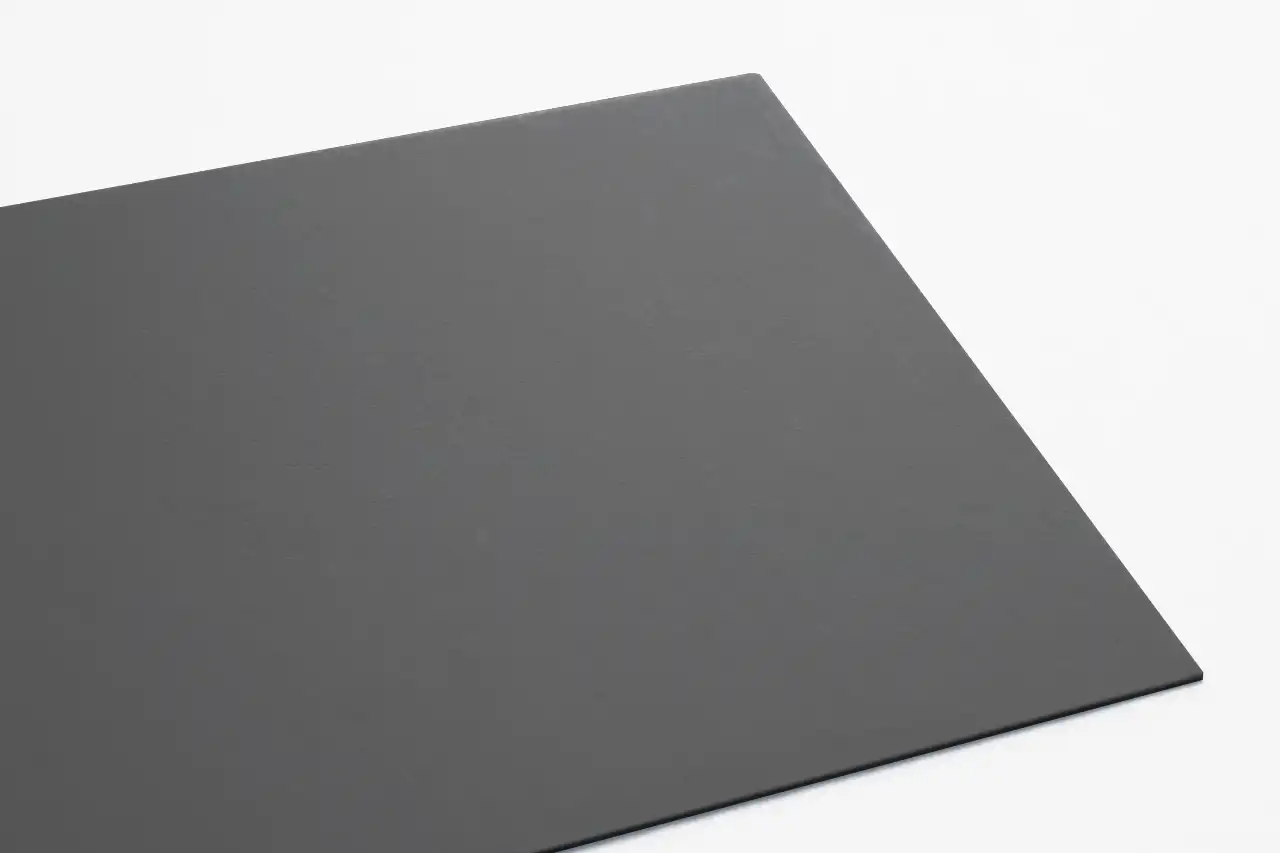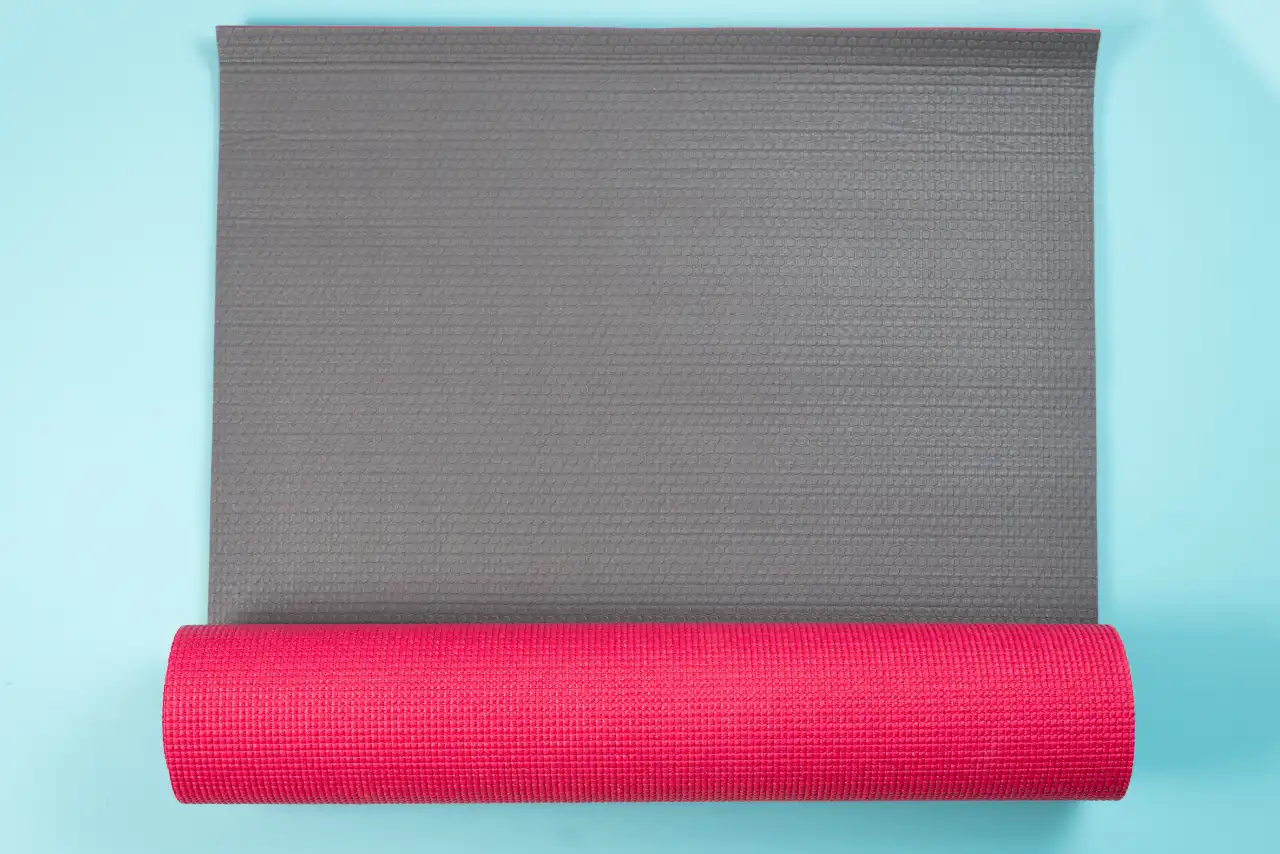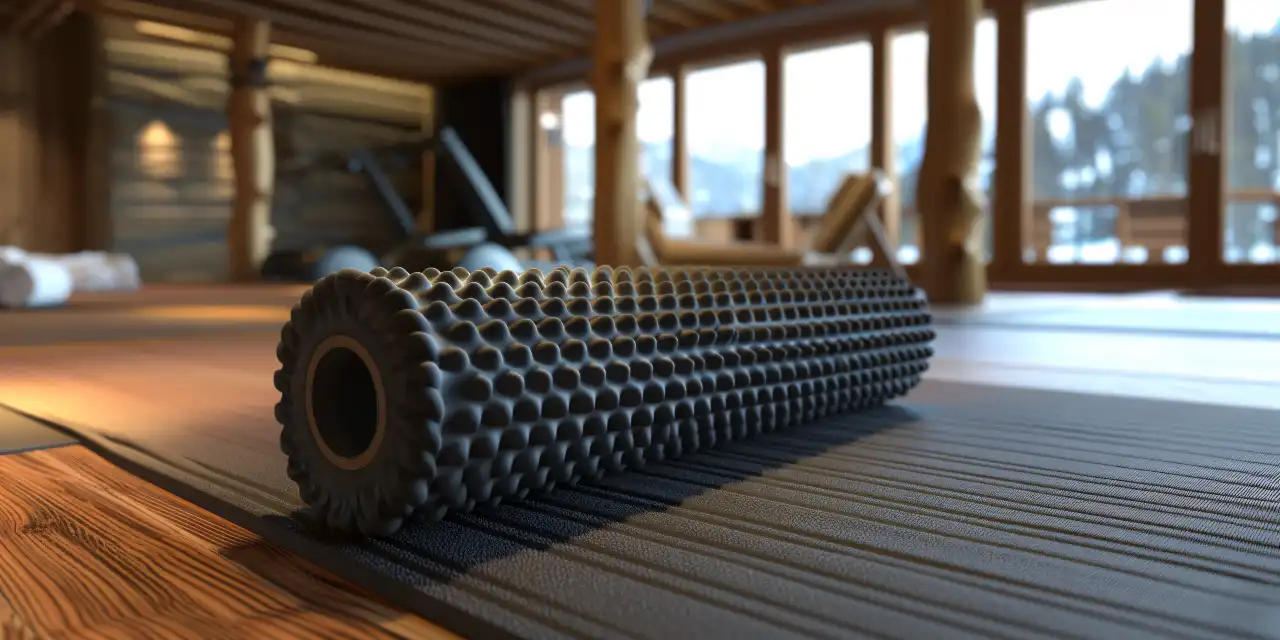Rubber mats are widely used across various industries and households due to their durability, flexibility, and safety features. These mats are crafted from different types of rubber material, each offering unique properties that make them suitable for specific applications. This blog delves into the common materials used in rubber mats, highlighting their characteristics and benefits.
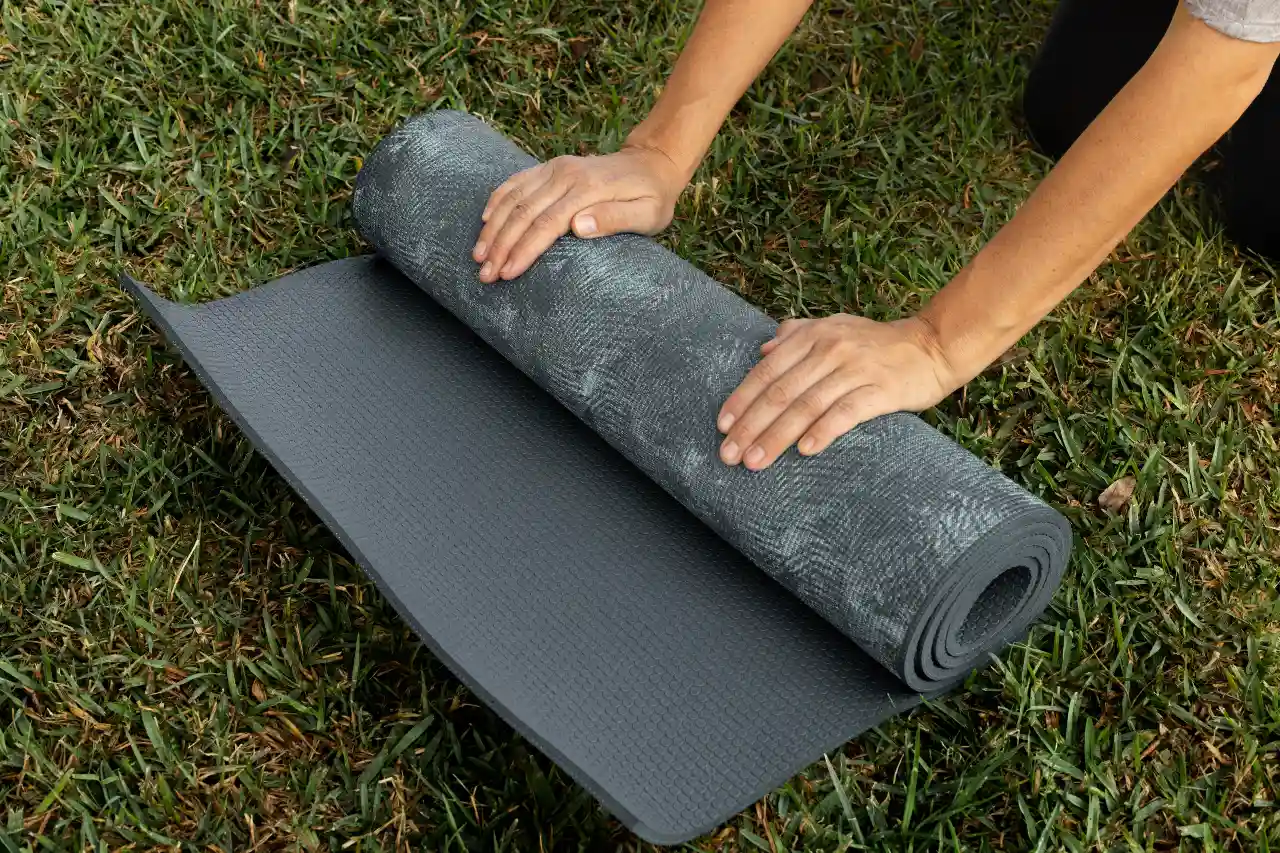
Rubber mats are typically made from various types of rubber materials, each offering distinct properties and benefits. The common materials used for rubber mats include:
Natural Rubber
- Source: Derived from the latex of rubber trees.
- Properties: Excellent elasticity, durability, and comfort.
- Uses: General-purpose mats, anti-fatigue mats, and industrial applications.
Synthetic Rubber
- Types: Includes materials like SBR (Styrene-Butadiene Rubber), NBR (Nitrile Butadiene Rubber), and EPDM (Ethylene Propylene Diene Monomer).
- Properties: Varied properties depending on the type, such as oil resistance, weather resistance, and heat resistance.
- Uses: Specialised applications like oil-resistant mats, outdoor mats, and high-temperature environments.
Recycled Rubber
- Source: Made from recycled rubber products like tires.
- Properties: Eco-friendly, cost-effective, and durable.
- Uses: Gym mats, playground mats, and industrial flooring.
PVC (Polyvinyl Chloride) Rubber
- Source: Synthetic material that mimics the properties of rubber.
- Properties: Durable, resistant to chemicals, and easy to clean.
- Uses: Commercial mats, anti-slip mats, and entrance mats.
Neoprene
- Source: Synthetic rubber derived from chloroprene.
- Properties: Excellent resistance to oil, chemicals, and weather conditions.
- Uses: Industrial mats, marine applications, and wet environments.
Each type of rubber material is chosen based on the specific requirements of the application, such as durability, resistance to certain substances, and environmental considerations.
The choice of material for rubber mats depends largely on the intended application and environmental conditions. Natural rubber is perfect for general use due to its flexibility and comfort, while synthetic rubbers like NBR, SBR, and EPDM are tailored for specific industrial and outdoor needs. Recycled rubber offers an eco-friendly and economical option, and foam rubber provides superior cushioning and shock absorption. Understanding these materials can help you select the right rubber mat to meet your specific requirements, ensuring safety, durability, and performance.



